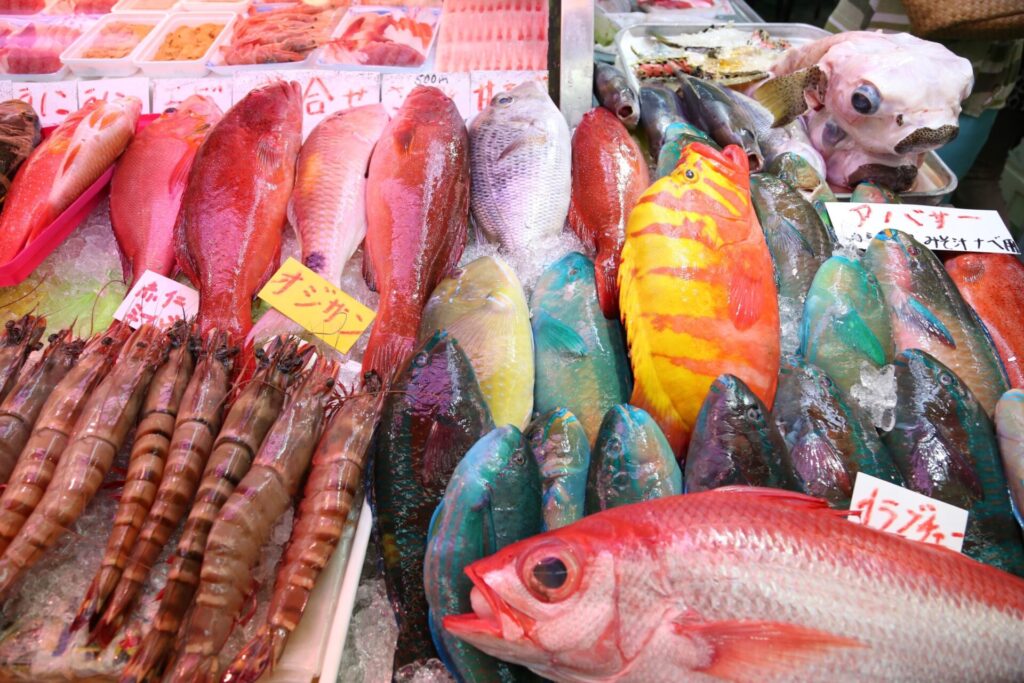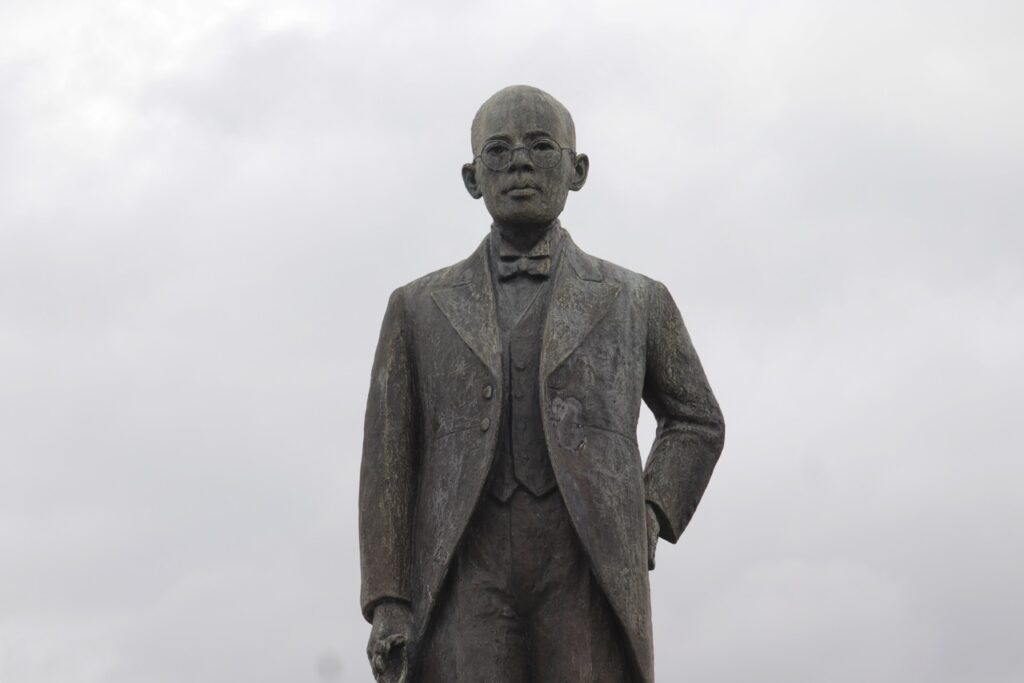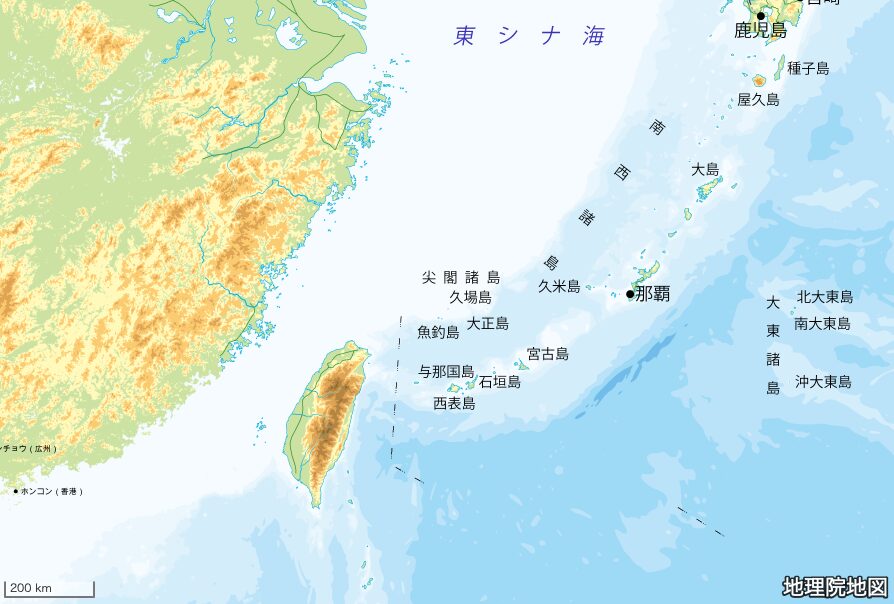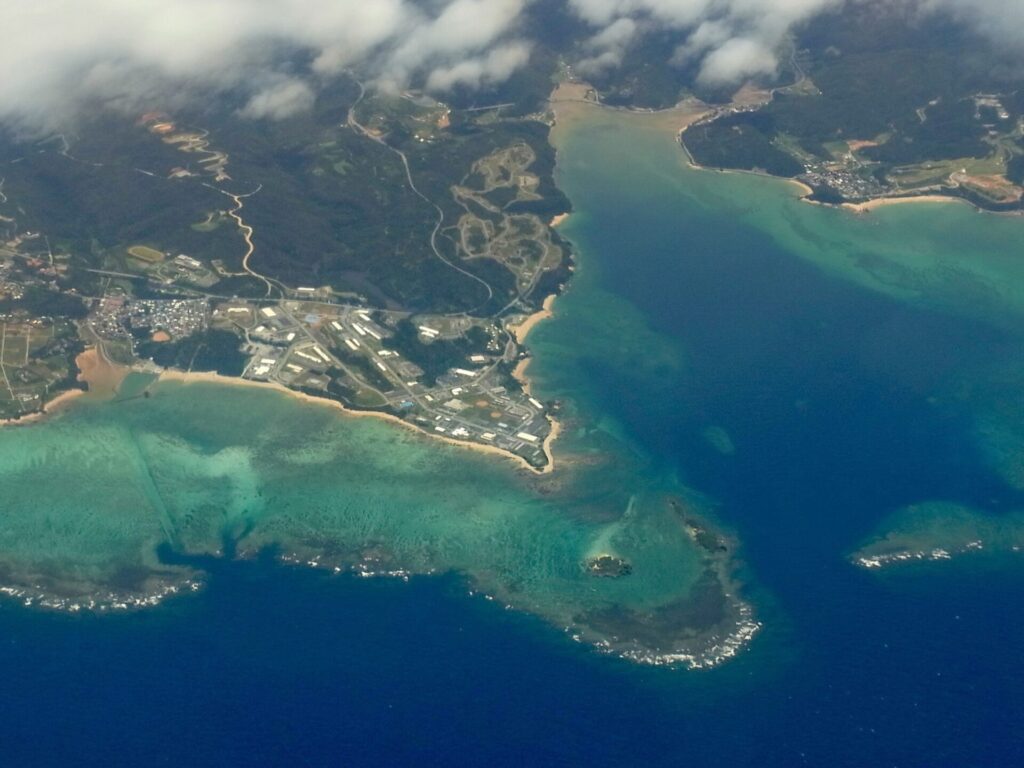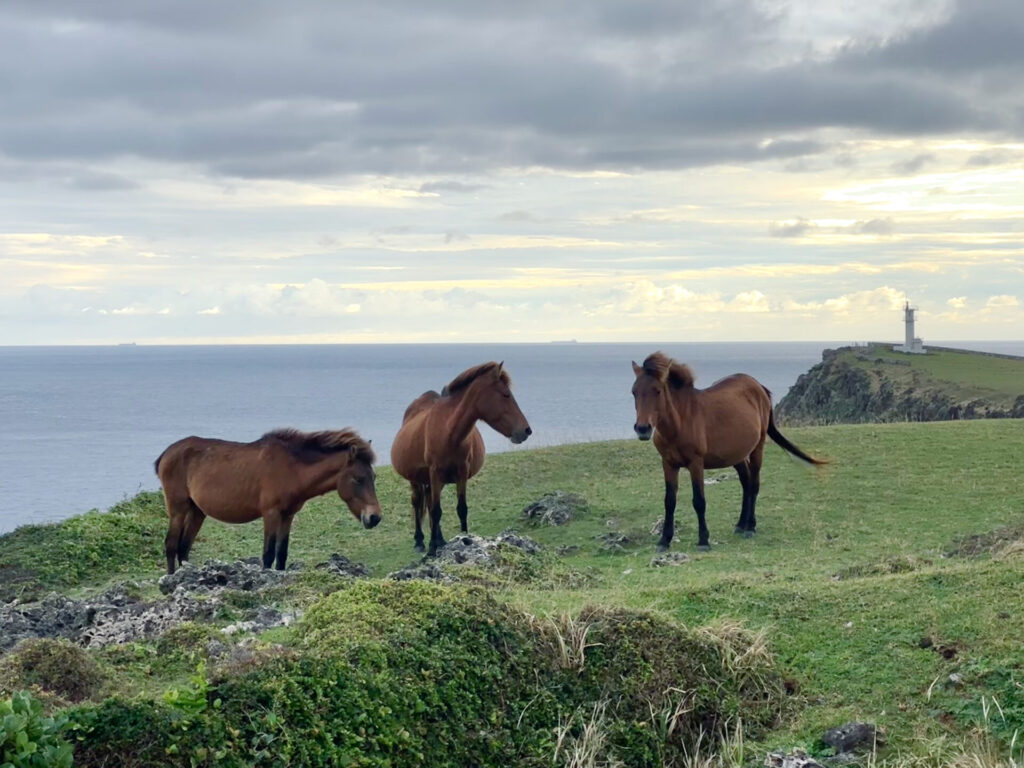Kachāshī

Sitting in a circle surrounding a big one shō1 bottle of awamori is how partying is done in Okinawa. Awamori is poured into plastic cups full of ice cubes fished out of a plastic bag. The sides are dried fish and sashimi2. The sashimi typically includes tuna, mackerel, or octopus. For some reason, vinegar is sometimes added to the soy sauce. In the corner of the room sits a man wearing a hachimaki3 playing the sanshin. At first glance, he seems to be minding his own business, but he is secretly waiting for the right moment. He is gauging the progress of the party – people’s rising blood alcohol levels, and the elevation of their moods. Ane (yes) namayasa! (now’s the time!) and his right hand moves like a flash. When the unmistakable sound of the sanshin4 is heard, everyone knows it is the “Kachāshī time.”
People spring up to take their turn dancing to the rapid-fire sounds of the sanshin. The dance (and sometimes also the music) is called kachāshī. Just like every dance has its unique steps, so does kachāshī. The unique movements of the kachāshī are combined to create an impromptu dance. It is entertainment while drinking, so to speak.
It is not easy for naichā, people from mainland Japan to dance kachāshī. To actually look good while dancing requires skill and experience. It is said that one has to be a native of Okinawa, the island of the performing arts, to actually “fit” in the dance. The way it works is that each dancer gets up and dances and then selects the next dancer when finished. Those who are nominated must dance, no questions asked. That is the rule. However, it cannot be “just” dancing. One must endeavor to entertain others with movements made up on the spot. I have a particularly embarrassing past of trying to make a good impression by doing push-ups and belly dancing.
Since the kachāshī is Okinawan folk music, many of the younger generations are not so good at it. Thus, it is mostly the elderly who remain the experts, and they own the stage in the amazing way they dance and call out to each other. The sounds of the sanshin, finger whistling, singing, and call of the dancers resound in Okinawa’s deepening subtropical nights.
Editor’s Note:
- About 1.8 liter.
- A dish of sliced raw seafood or meat.
- A type of headband.
- A three-stringed banjo-like instrument found in Okinawa and Amami Islands.



























































